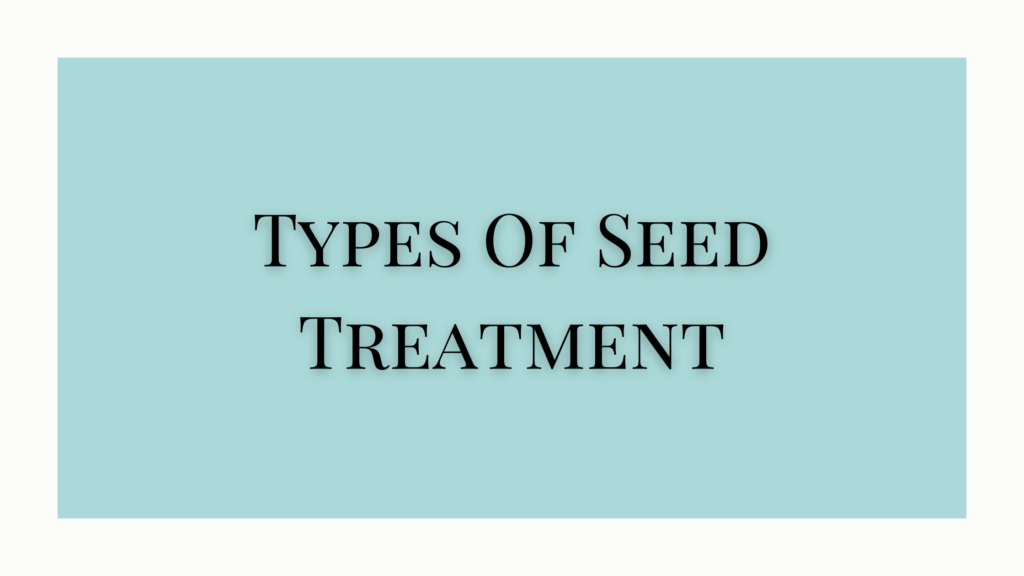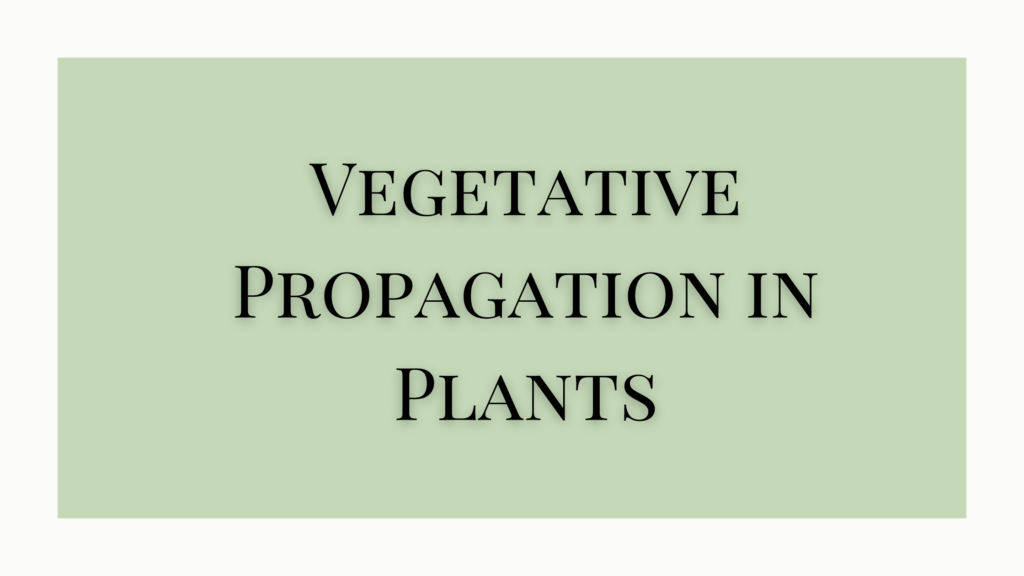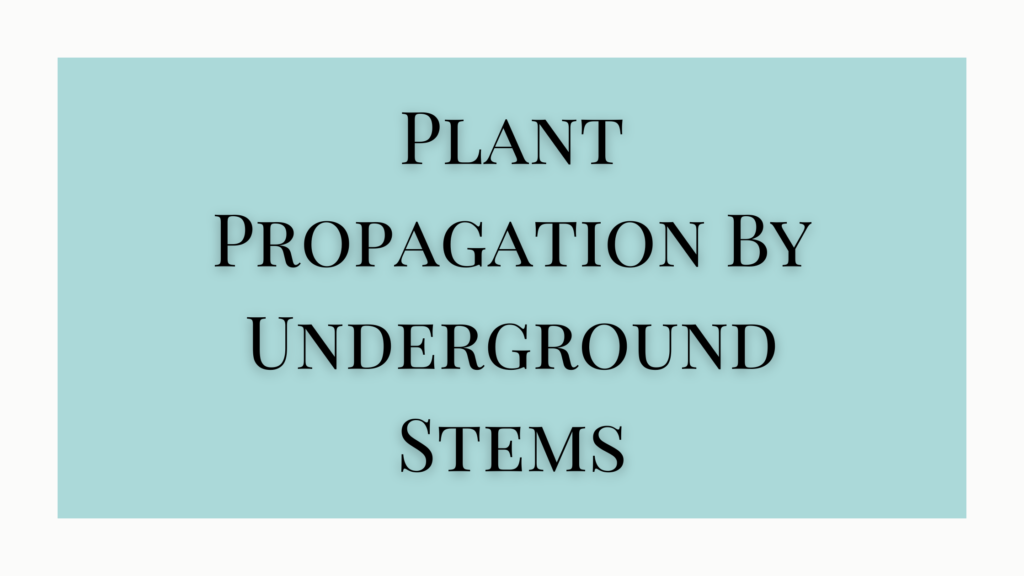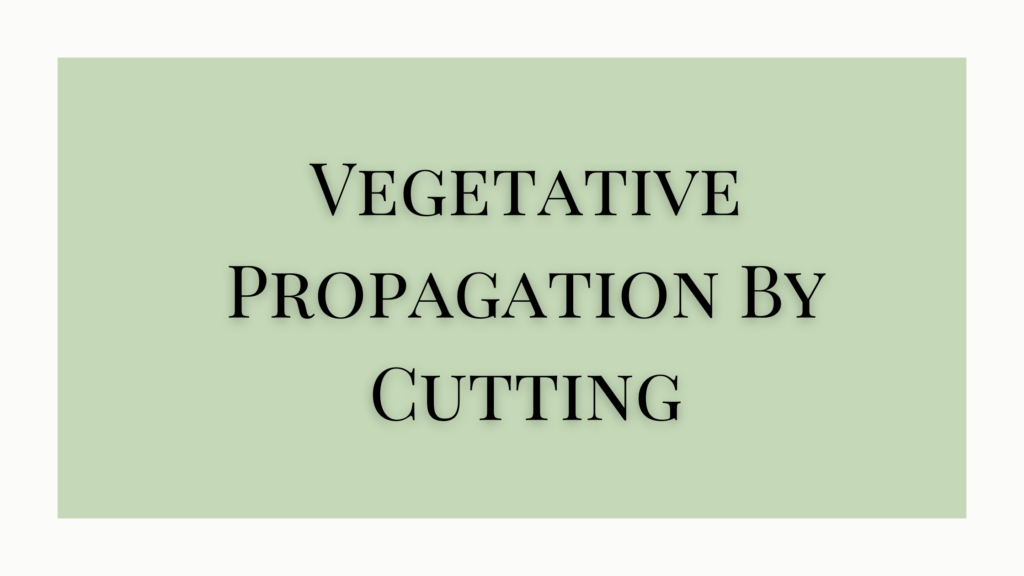Many plant diseases are caused by the seeds or vegetative plants that are used for propagation. This is why the use of different types of seed treatment is an important step before sowing the seeds on the field.
Infected seeds often get decayed or fail to germinate. Even if the seeds germinate, damping off may cause a heavy mortality rate of the young seedlings. Most diseased seeds can be recognized by spots or masses of spores on the seed surface. However, in many instances, a close inspection of the seed is necessary to identify the disease pathogen in the seed material.
In certain cases, the disease organisms go deep in the seed. Pathogens carried by seed are mostly fungi, bacteria, etc. But sometimes viral diseases are also seed-borne. It is necessary to take appropriate preventive and curative measures to control seed-borne diseases by collecting seeds from healthy, disease-free plants.
Many seed-borne diseases do not flourish in areas of low relative humidity and high temperature. Hence areas of low rainfall and high temperature are most suitable for disease-free seed propagation of many crops.
Types of Seed Treatment
There are three types of seed treatment to control seed-borne diseases.
Disinfestation
The treatment to eliminate organisms present on the seed surface is called disinfestation. It is useful for small seeds meant for aseptic cultures. Usually, seeds are treated immediately before being planted for germination.
The most commonly used disinfectants are ethyl alcohol (50%), calcium hypochlorite (2%), and HgCl2 (0.01%). The usual duration of treatment varies in different kinds of seeds from 5-30 minutes. Treatment for a longer period may result in serious injury to the embryo.
Disinfection
The treatment that eliminates pathogens from within the seed is called disinfection. Treatments with formaldehyde, hot water, and mercury chloride are commonly used for disinfection. Sometimes organic mercury compounds are also used for this purpose.
Hot water treatment is very effective against infections by fungus or bacteria, that are deep inside the healthy-looking normal seeds. But it may have harmful effects if not done properly. It can cause,
- Delay in germination
- Stunted growth of seedling
- Development of only radicle
- Deat of the seed
To eliminate these defects, aerated steam is used instead of direct contact with hot water. This has been more popular in recent times.
Different Types of Seed Treatment Methods
Seeds are treated with chemicals to prevent fungal and bacterial infections. These chemicals are used as protectants and there are several methods of doing so.
Dry seed treatment
Both organomercurial and non-mercurial compounds are effectively used. In this method, seeds are thoroughly shaken with chemicals in a rotating seed dresser for some time. It allows the chemical to stick well to the seed surface. This method gives better protection against soil-borne diseases.
Agrosen and Kerosene are the most commonly used mercurial compounds for this method. Captan, brassicol, dithane M45 are the non-mercurial compounds used.
Wet seed treatment
Here, seeds are kept immersed in a liquid suspension of the organic mercurial compound, for a certain period. These seeds are then quickly dried to increase their storage duration. This method will kill pathogenic organisms, and their spores and also form a thin film of protection to prevent subsequent soil infections. This protective coating will stay for some time to give longer protection.
While soaking, the seeds are stirred occasionally so that they coat evenly over all surfaces. In wet treatment, antibiotics are also used as they are soluble in water.
Slurry seed treatment
The slurry prepared here is a mix of sticky muddy residue separated from coal at the put head for washing the plants). A small quantity of water is used to make the seed-treating chemical to make it into a paste. The seeds are stirred in it to give a thin coating of chemicals over the surface. The coating dried up quickly.
Advantages of Seed Treatment
Treating the seeds before sowing is done for different purposes. In addition to these treatment methods, there also are other types of seed treatments meant to break the seed dormancy or improve the overall vigor of the seeds. It also helps maintain the seed’s health. Apart from these reasons, seed treatment helps the seeds be more tolerant to environmental stress. Here are some of the benefits of seed treatments.
- Some types of seed treatment help provide nutrients for enhanced growth of the plant. this will help them be stronger and they have a better chance of fighting the weeds for nutrients.
- Pre-treatment of seeds in fungicides, insecticides, pesticides, etc is part of integrated pest management. Not only does the process keep infections and infestations at bay but also helps prevent birds from eating them. Some treatments add color to the seeds which the birds don’t prefer.
- Treating the seeds with fungicides and pesticides reduces their use in the next growth stages.
- Seed treatments for plant vigor increase root and shoot growth. This increases the viability of the plants thereby improving productivity.
References
- Seed Treatment, its Importance, Method of Application, and Seed Packing
- Seed Treatment: Methods To Improve Planting Material




